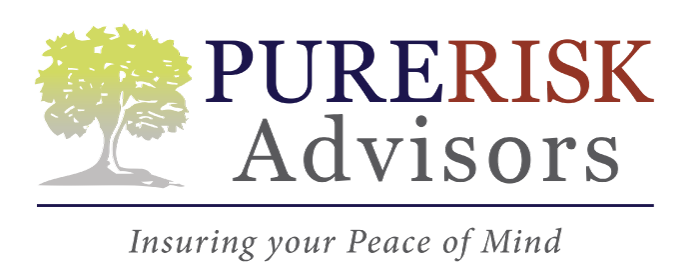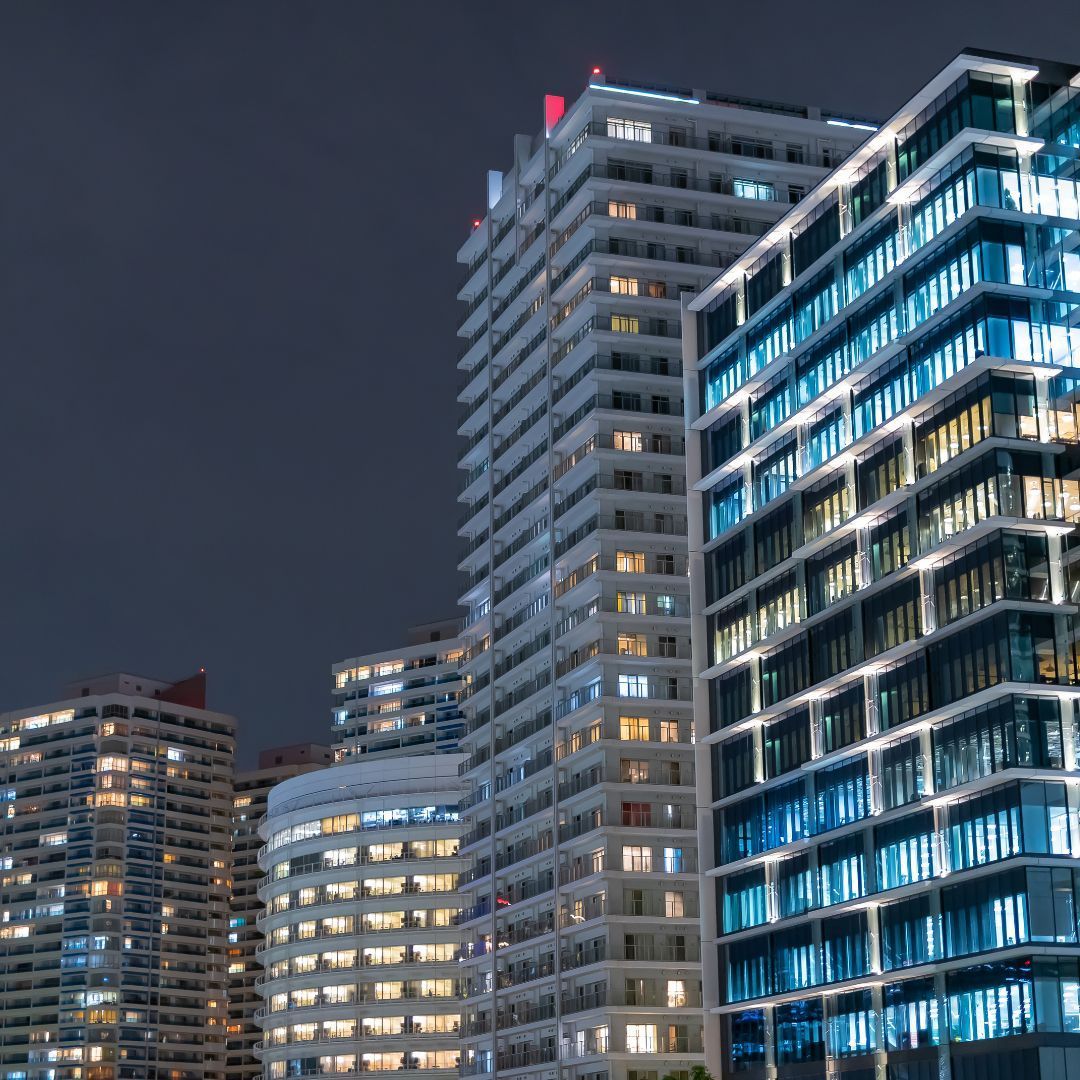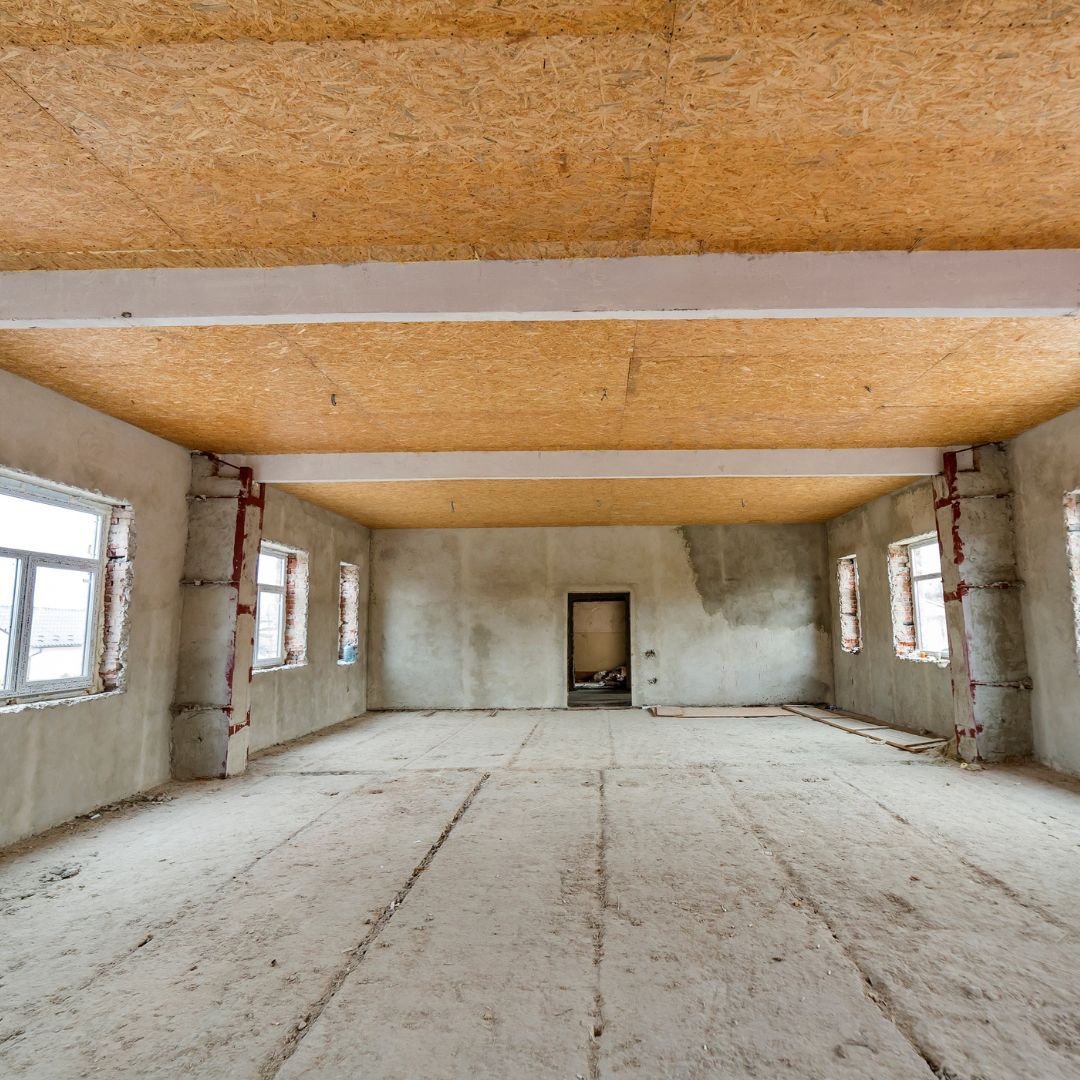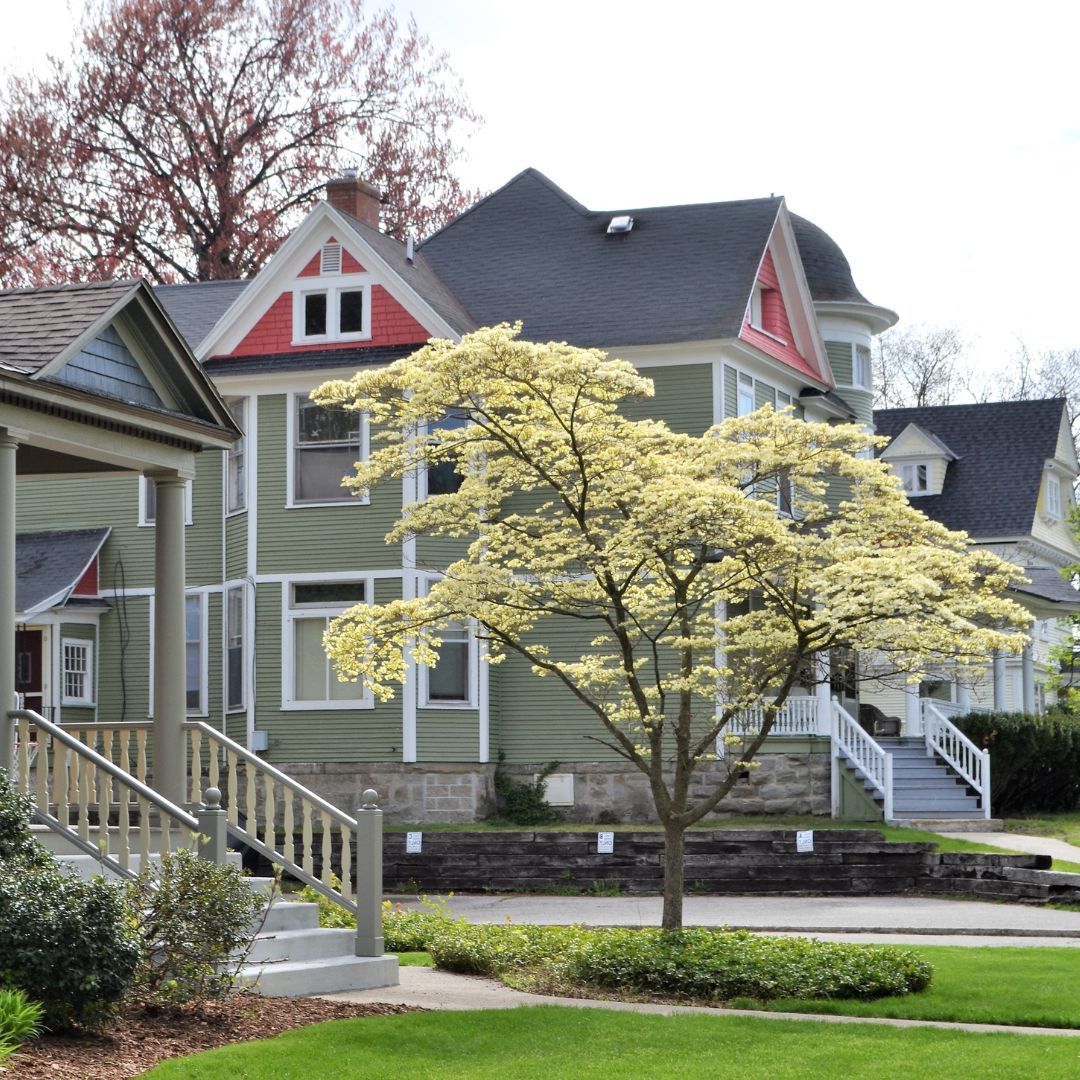Why does my condo association insurance cost increase every year in Colorado?
See How We're Different
or call us: 303-834-1001
The rising costs of condo association insurance in Colorado can be a topic of great concern for many homeowners and association boards alike. Each year, these increasing premiums can present financial challenges that require careful planning and understanding. This article aims to explore the various factors that contribute to these cost increases and offers insights into managing them effectively.
Understanding Condo Association Insurance
Condo association insurance is designed to protect the common areas and the structure of a condo complex as well as provide liability coverage for the association itself. This type of insurance is typically required by mortgage lenders and ensures the financial security of the association and its members.
The Basics of Condo Association Insurance
The primary function of condo association insurance is to cover the shared property against various risks, including fire, theft, and liability claims. Unlike traditional homeowners insurance, which protects individual units, condo association insurance protects the entire property as a whole.
Most policies are divided into two main categories: property insurance and liability insurance. Property insurance includes coverage for physical damage to the building and common areas, whereas liability insurance protects the association from claims arising due to accidents in these areas.
Key Components of Condo Association Insurance
When looking at a condo association insurance policy, it is crucial to understand its key components. These often include:
- Property Coverage: Covers damages to common areas and physical structures.
- General Liability: Offers protection against lawsuits related to accidents in communal areas.
- Directors and Officers Insurance: Protects board members from personal liability for decisions made on behalf of the association.
- Flood and Earthquake Insurance: Additional coverage that may be necessary depending on the property location.
In addition to these components, it is important for condo associations to regularly review their insurance policies to ensure they reflect the current value of the property and the needs of the community. As property values fluctuate and new risks emerge, an outdated policy may leave the association vulnerable. Regular assessments can help identify gaps in coverage and allow for adjustments that better protect the community's interests.
Another critical aspect of condo association insurance is the role of deductibles. The deductible is the amount that the association must pay out-of-pocket before the insurance coverage kicks in. Understanding the implications of different deductible levels is essential for financial planning. A lower deductible may seem attractive but can lead to higher premium costs, while a higher deductible could save money on premiums but may pose a financial risk in the event of a claim. Associations should carefully evaluate their financial situation and risk tolerance when selecting their deductible amounts.
Factors Influencing Insurance Cost Increases
Several factors can contribute to the year-over-year increases in condo association insurance costs. Understanding these influences can help board members make informed decisions about managing their policies and budgets effectively.
The Role of Location in Insurance Costs
The geographical location of a condo complex plays a crucial role in determining insurance costs. In Colorado, certain areas may be prone to higher risks such as wildfires, flooding, or snow-related damage. These environmental factors can lead to increased premiums as insurers adjust their rates based on local risk assessments.
Additionally, urban areas with higher populations may experience more claims due to density, leading insurers to raise their rates in those locations. Conversely, rural areas might see lower costs but are still subject to fluctuations based on prevalent risks. It's also important to consider the proximity to emergency services; condos located near fire stations or hospitals may benefit from lower premiums, as the risk of severe damage or loss can be mitigated by quicker response times in emergencies.
Impact of Natural Disasters on Insurance Rates
Naturally occurring events have a profound impact on insurance costs. In Colorado, the increased frequency of natural disasters such as wildfires, hailstorms, and floods has heightened the risk for insurers. Following severe weather events, insurance companies often reassess their rates, leading to significant hikes in premiums. The cumulative effect of successive disasters can create a substantial financial impact on condo associations.
Insurers continuously evaluate the historical data on claims to adjust their pricing models, thus further influencing the costs associated with condo insurance. Board members must be aware that a history of claims can result in increasing rates for all associations within a similar risk area. Furthermore, the growing trend of climate change is causing insurers to rethink their risk assessments, which could lead to more unpredictable fluctuations in insurance costs as they adapt to the evolving landscape of natural disasters.
The Effect of Building Age and Maintenance on Insurance
The age and condition of the building also play a significant part in determining insurance costs. Older buildings may require more maintenance and may present more risks than newer constructions. If a condo complex shows signs of aging infrastructure, insurance providers may raise premiums to account for potential issues that could result in costly claims.
Regular maintenance is crucial in mitigating these risks. Not only does consistent upkeep help keep insurance costs manageable, but it also enhances the property value and ensures the safety of all residents. Therefore, condo associations should prioritize timely renovations and inspections to avoid higher premium costs. Additionally, investing in modern safety features, such as updated wiring, fire alarms, and security systems, can not only reduce the likelihood of claims but may also qualify the association for discounts on their insurance premiums, creating a win-win situation for both the residents and the board members.
Colorado's Unique Insurance Landscape
The insurance landscape in Colorado has its unique attributes shaped by local laws, regulations, and the state's climatic conditions. An understanding of these aspects is vital for condo associations as they navigate their insurance needs.
Colorado's Condo Association Insurance Laws
In Colorado, there are specific legal requirements regarding condo association insurance that boards need to adhere to. The Colorado Common Interest Ownership Act mandates that associations maintain property insurance for common elements and liability coverage. Failure to comply with these requirements can lead to severe financial repercussions, including higher premiums and potential lawsuits.
Moreover, local legislation may impose additional insurance obligations depending on the construction type or property location. Associations must stay abreast of any legislative changes to ensure they are adequately covered and compliant. It's also essential for boards to regularly review their insurance policies and coverage limits, as changes in the property value or the number of units can necessitate adjustments to their insurance strategy. Engaging with a knowledgeable insurance broker who specializes in condo associations can provide valuable insights and help navigate the complexities of these requirements.
The Impact of Colorado's Climate on Insurance Costs
Colorado’s diverse climate also has significant implications for condo association insurance. The state experiences various weather conditions, from heavy snowfalls to intense wildfires, leading to different types of risks that insurers must consider. These climatic challenges can result in fluctuating insurance premiums.
Associations may find that certain times of the year lead to more significant increases, particularly after a season of severe weather. By understanding these dynamics, condo boards can plan their budgets accordingly and seek ways to minimize the financial impact of insurance costs. For instance, proactive measures such as regular maintenance of the property, investing in fire-resistant materials, or implementing snow removal strategies can mitigate risks and potentially lower premiums. Furthermore, associations might consider establishing an emergency fund to cover unexpected insurance increases or deductibles, ensuring they remain financially stable in the face of Colorado's unpredictable weather patterns.
Ways to Mitigate Insurance Cost Increases
Condo associations do have options to mitigate the effects of rising insurance costs. Proactive management and strategic planning can lead to better financial outcomes for these communities.
Risk Management Strategies for Condo Associations
Implementing effective risk management strategies is one of the best ways to reduce insurance costs. This can include regular inspections, preventive maintenance, and investing in safety enhancements. By demonstrating low risk, insurance providers may offer lower premiums.
Additionally, educating residents about safety protocols and damage prevention can foster a culture of responsibility that benefits the entire community. This might also reduce the likelihood of claims, resulting in lower rates over time. For example, organizing community workshops on fire safety or emergency preparedness can empower residents to take proactive measures, such as installing smoke detectors or creating evacuation plans. Such initiatives not only enhance safety but also create a sense of community engagement and awareness.
Negotiating with Insurance Providers
Condo associations should not hesitate to negotiate with their insurance providers. Gathering multiple quotes can help associations find the most competitive rates. Building a reputational relationship with an insurance agent can lead to better services and potential discounts.
Associations can also inquire about multi-policy discounts or bundling coverage, which can significantly impact overall costs. Communication about any changes in risk management or property updates can further influence negotiations. Moreover, it’s beneficial to keep an open dialogue with the insurance provider about the unique aspects of the community, such as recent renovations or improvements in security measures. This transparency can often lead to tailored policies that better fit the association's needs and potentially lower premiums.
Regular Review and Update of Insurance Policies
Regularly reviewing insurance policies ensures that condo associations have adequate coverage and aren't paying for unnecessary add-ons. Annual policy assessments can help associations understand their current insurance needs and identify areas for cost savings.
It’s essential for boards to keep abreast of changes in the insurance landscape and to be proactive rather than reactive. A well-informed association can make strategic decisions about their coverage, ultimately leading to cost reductions. Additionally, engaging a professional insurance consultant can provide valuable insights into the best practices for policy management and risk assessment. By leveraging expert advice, associations can navigate the complexities of insurance more effectively, ensuring they are not only compliant but also financially savvy in their approach to risk management.
Future Trends in Condo Association Insurance Costs
As the market for condo insurance continues to evolve, staying informed about future trends can be beneficial for associations looking to manage their expenses effectively.
Predicted Insurance Cost Trends in Colorado
Experts foresee a potential continuation of rising insurance costs due to several factors, including economic inflation, climate change, and increased disaster frequency. As insurers adapt to changing risk profiles, costs are likely to be affected.
Condo associations should prepare for these increases by creating reserves to buffer against potential rate hikes. Continually evaluating risk and adjusting insurance coverage accordingly will also play a crucial role in stabilization. Additionally, associations may want to consider investing in risk mitigation strategies, such as upgrading building materials to more resilient options or implementing comprehensive maintenance programs. These proactive measures can not only enhance the safety and longevity of the property but may also lead to lower premiums in the long run, as insurers recognize the reduced risk.
How Global Changes Might Impact Local Insurance Costs
Finally, global changes such as economic shifts, climate change, and international policy adjustments can also trickle down to affect local insurance rates. As the world becomes increasingly interconnected, local insurance markets will likely feel the impact of broader trends.
Condo associations should remain vigilant and adaptable, anticipating these external factors in their long-term financial planning. By doing so, they can better protect their members and communities from the adverse effects of rising insurance costs. Furthermore, engaging in community-wide initiatives aimed at sustainability, such as energy-efficient upgrades or green space development, can not only enhance property values but may also position the association favorably with insurers. Insurers are increasingly rewarding properties that demonstrate a commitment to environmental stewardship, which could lead to more favorable insurance terms and potentially lower costs over time.













